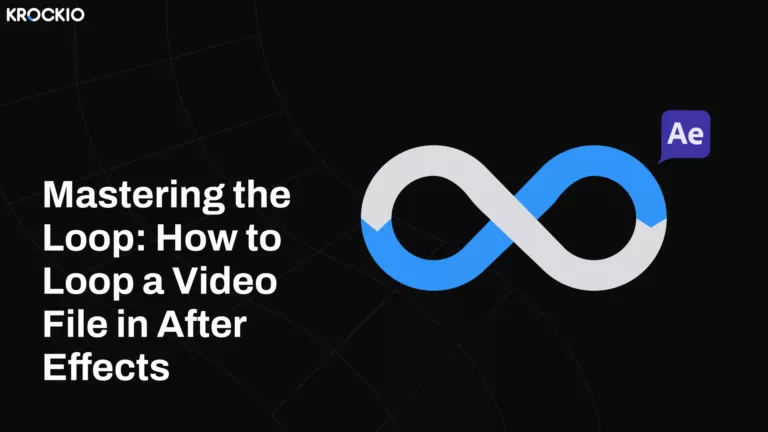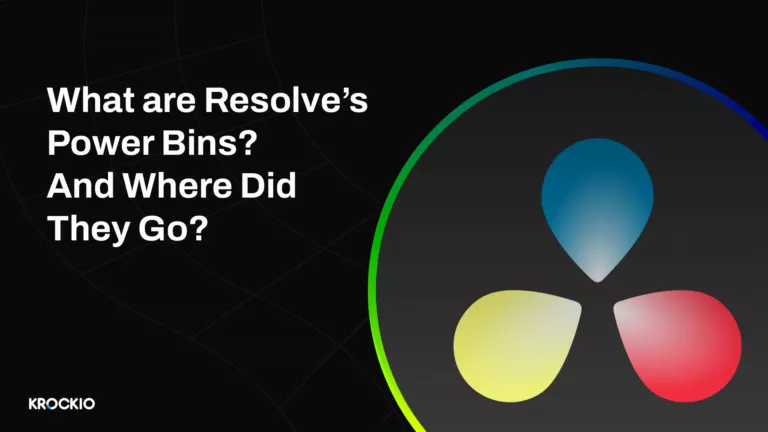In the domain of artificial intelligence, we have witnessed a captivating evolution in recent years. AI has traversed remarkable frontiers across diverse domains, ranging from the recognition of intricate images to the comprehension of natural language. Nevertheless, amidst these triumphant advancements, one facet has proven to be an elusive pursuit for AI researchers and developers alike – the comprehension and replication of human emotions.
Emotion, as an intrinsic essence of the human experience, holds immense potential for integration into AI systems, potentially revolutionizing our interaction with technology. In this discourse, we embark upon an exploration of the captivating convergence between AI and emotions, casting a special spotlight on the burgeoning realm of Storyboard AI.
What are Emotions?
Emotions, in their essence, serve as gatekeepers to the innermost truths of our being. They unfurl the layers that veil our desires, fears, and vulnerabilities, granting us access to the depths of our existence.
Remarkably, emotions transcend the limitations of language, transcending verbal boundaries to communicate with a resounding universality. A single tear, a radiant smile, or a trembling hand possesses the remarkable capacity to convey emotions that defy the constraints of expression, speaking volumes through their eloquent silence.
Yet, emotions are not confined within the individual realm; they possess an infectious energy, permeating through the interconnected fabric of humanity. They foster bonds of empathy, allowing us to partake in the shared joys and sorrows of our fellow sojourners on this extraordinary journey of life.
In their unfiltered and raw state, emotions act as mirrors, reflecting the truest essence of our being. They harbor the potential to heal, inspire, and catalyze transformation. Emotions ignite the fires of creativity, infusing our artistic endeavors with profound depth and authenticity. They kindle the flames of passion, propelling us to transcend boundaries, surmount obstacles, and attain remarkable feats of greatness.
For many years, scientists and psychologists have been studying emotions to decipher their underlying mechanisms and functions. Emotions play a crucial role in human decision-making, memory formation, and social interactions.
Bringing Emotion to AI
Replicating human emotion in machines has been a formidable task, but recent advancements in AI have opened up new possibilities. By combining deep learning algorithms, natural language processing, and computer vision, researchers have made significant progress in developing AI models that can recognize and interpret human emotions.
One of the most promising developments in this field is the emergence of Storyboard AI. Storyboard AI utilizes a combination of machine learning techniques to analyze and understand human emotions in storytelling. It involves creating a visual narrative that evokes specific emotional responses from the audience.
The AI-driven Neuropsychology Revolutionizing Our Understanding of Feelings & Thoughts
The field of neuropsychology, combined with advancements in artificial intelligence (AI), has the potential to revolutionize our understanding of feelings and thoughts. Neuropsychology explores the relationship between brain function and behavior, while AI provides tools to analyze vast amounts of data and make predictions based on patterns and algorithms.
AI algorithms can analyze complex brain imaging data and identify neural networks and regions associated with specific emotions or cognitive processes. For example, researchers have used machine learning algorithms to identify patterns of brain activity that correspond to emotions like fear, happiness, or sadness. This not only enhances our understanding of the neural basis of emotions but also has potential implications for diagnosing and treating mental health disorders.
Moreover, AI-driven neuropsychology has the ability to decode and interpret thoughts. Recent studies have shown promising results in using AI algorithms to decode a person’s thoughts based on brain activity patterns.
By training AI models on brain imaging data and associated thoughts, researchers can create algorithms that can predict what a person is thinking about based solely on their brain activity. This breakthrough has significant implications for individuals with conditions such as locked-in syndrome or complete paralysis, offering them potential avenues to communicate their thoughts and needs.

How AI & Machine Learning are Enhancing Storytelling to Enhance Audience Engagement
AI algorithms analyze large amounts of data, such as user preferences, viewing history, and demographic information, to provide personalized recommendations. Platforms like Netflix and Spotify use machine learning to suggest movies, TV shows, or songs based on individual user preferences. This personalization enhances the storytelling experience by helping users discover content that aligns with their interests, leading to increased engagement and satisfaction.
Content Creation and Generation
AI and machine learning can assist in content creation by generating personalized stories or narratives. Chatbots and conversational agents powered by natural language processing algorithms can create interactive storytelling experiences where the audience can actively participate and shape the narrative.
This technology enables immersive storytelling that adapts to individual preferences, making the experience more engaging and interactive.
Predictive Analytics
By analyzing vast amounts of data, AI algorithms can predict audience preferences and behaviors. Content creators can leverage this information to tailor their storytelling strategies accordingly. For example, analyzing social media data can provide insights into trending topics and audience sentiment, enabling storytellers to create content that resonates with the target audience and generates higher engagement.
Real-time Feedback and Adaptation
AI algorithms can analyze real-time audience feedback, such as social media reactions or viewer engagement metrics, and provide valuable insights to content creators. This feedback loop enables creators to understand how the audience is responding to their stories and make adjustments in real-time.
By understanding audience preferences and reactions, creators can enhance their storytelling techniques, leading to increased engagement and better content delivery.
Natural Language Processing and Sentiment Analysis
AI-powered natural language processing and sentiment analysis techniques can analyze audience responses, comments, and reviews. By understanding the sentiment and emotions expressed by the audience, content creators can refine their storytelling techniques, identify areas of improvement, and create more emotionally impactful narratives.
It’s important to note that while AI and machine learning enhances storytelling, the creative input of human storytellers remains crucial. AI is a tool that can assist and augment the storytelling process, but the artistic vision and human touch are still essential for creating meaningful and impactful stories.

The Power of Storyboard AI
Harnessing the power of advanced algorithms and machine learning, Storyboard AI transcends the limitations of conventional storytelling, enabling a deeper connection with audiences and heightened emotional resonance. It possesses an innate ability to analyze vast amounts of data, decipher patterns, and extract meaningful insights, all with the aim of creating captivating narratives that leave a lasting impact.
Storyboard AI breathes life into ideas, translating abstract concepts into vivid visual representations. By seamlessly integrating images, text, and sound, it constructs a visual language that resonates with viewers on a profound level. It not only captures attention but also engages hearts and minds, fostering an immersive experience that lingers long after the story concludes.
Moreover, Storyboard AI is a versatile tool that finds application across diverse industries. From advertising and marketing campaigns to film production and digital content creation, its adaptive capabilities cater to a wide array of creative endeavors. Whether it’s crafting a commercial video that compels action or shaping an evocative narrative for a cinematic masterpiece, Storyboard AI empowers storytellers with unprecedented tools to manifest their visions.
Beyond its creative prowess, Storyboard AI also serves as a catalyst for innovation. It spurs the exploration of uncharted territories, encourages experimentation, and pushes the boundaries of storytelling conventions. By embracing this cutting-edge technology, storytellers can unlock new realms of imagination, transforming narratives into powerful catalysts for change and growth.
In an era where attention spans are fleeting and content saturation is rampant, Storyboard AI emerges as a beacon of inspiration. It is the key to capturing the essence of stories in a captivating and impactful manner, enabling creators to forge profound connections and leave indelible impressions on their audiences.
AI Storyboard for Commercial Video
With its ingenious fusion of artificial intelligence and storytelling prowess, AI Storyboard for commercial videos unveils a new era of captivating visual narratives that captivate and engage audiences like never before.
Through advanced image recognition and natural language processing capabilities, AI Storyboard crafts a visual narrative that aligns perfectly with your brand identity. It identifies the key moments and emotions that will resonate with your audience, ensuring an impactful and memorable video.
Furthermore, AI Storyboard possesses the uncanny ability to adapt and iterate in real-time. It continuously learns from audience feedback, ensuring that your commercial video evolves and remains relevant, keeping pace with shifting consumer trends and preferences.
But that’s not all. AI Storyboard offers an intuitive user interface that allows you to collaborate seamlessly with our AI-powered system. Whether you’re a marketer, filmmaker, or creative professional, AI Storyboard empowers you to bring your vision to life with effortless precision.
The Future of AI and Emotion
As the field of AI continues to advance, the integration of emotion will play an increasingly significant role. Storyboard AI is just one facet of this rapidly evolving landscape. The future holds immense potential for AI to enhance our understanding of emotions, facilitate emotional well-being, and revolutionize various industries.
Advancements in AI algorithms and computing power will continue to refine emotion recognition and understanding. As AI systems become more sophisticated, they will be able to discern subtle emotional cues and respond in more nuanced and empathetic ways. This will open up new possibilities for AI applications in fields such as customer service, education, and mental health support.
Furthermore, collaborative efforts between AI and human creativity are likely to emerge. AI can serve as a creative partner, assisting artists, writers, and musicians in exploring new emotional landscapes and pushing the boundaries of human expression. This synergy between human creativity and AI’s analytical capabilities has the potential to redefine art and storytelling in profound ways.
Conclusion
The fusion of AI and emotion stands at the vanguard of technological advancement and human-computer interaction. Within this frontier, Storyboard AI emerges as a transformative force, endowed with the remarkable ability to analyze and elicit emotions through visual narratives, thus presenting boundless potential across diverse industries.
Nevertheless, in this exciting pursuit, it becomes imperative to navigate the ethical considerations and obstacles entwined with emotion recognition, bias mitigation, privacy safeguards, and potential manipulation.
By embarking upon the development and implementation of AI systems with a sense of responsibility, unwavering transparency, and a steadfast commitment to user well-being, we can harness the inherent power of AI and emotion to forge a future characterized by heightened empathy and emotional intelligence.
As AI continues its evolutionary journey, augmenting our comprehension of emotions, amplifying human-machine interactions, and reshaping industries, a harmonious symphony of AI and emotion shall emerge, propelling us towards an era of remarkable possibility.
Check out more articles on getting started with KROCKIO:
If you’re having any trouble or need any help, let us know.









